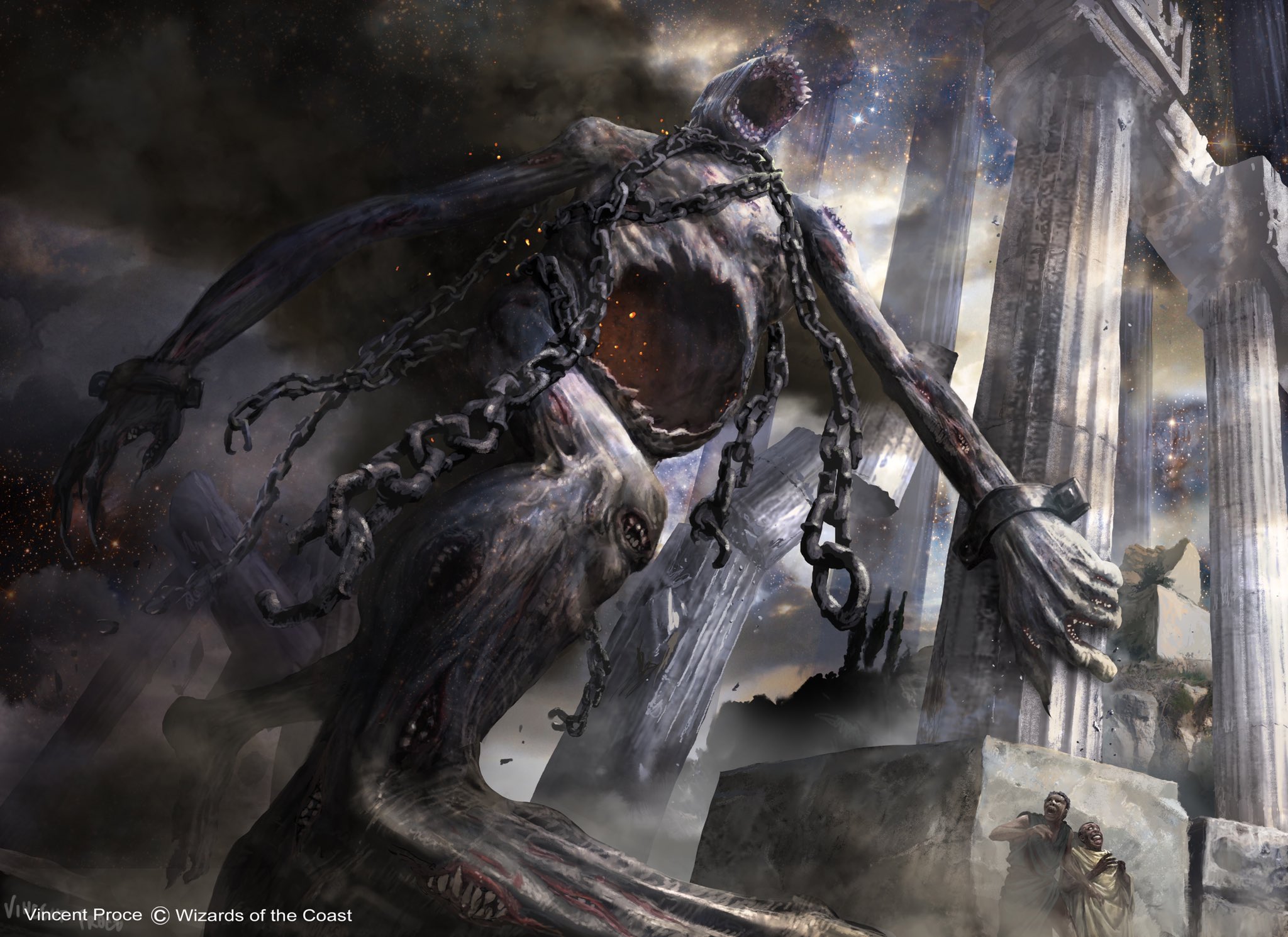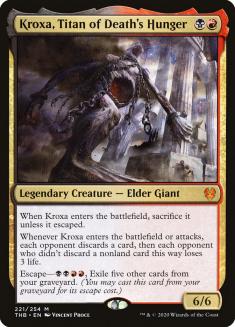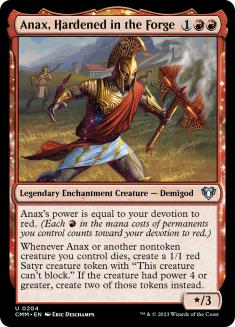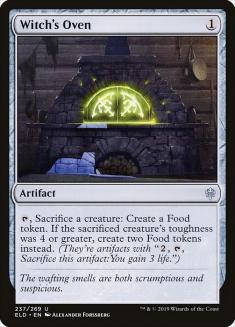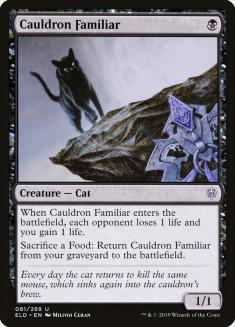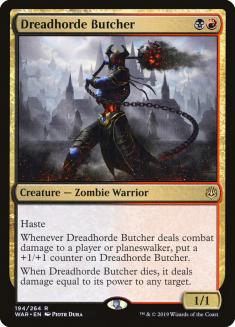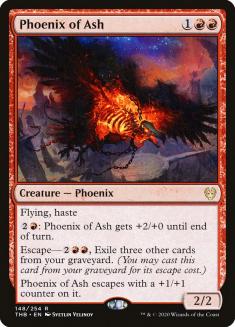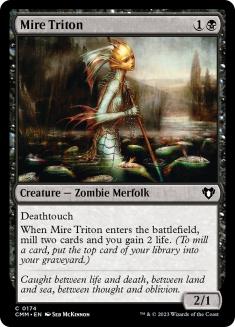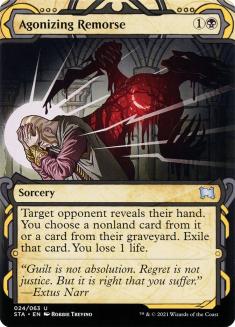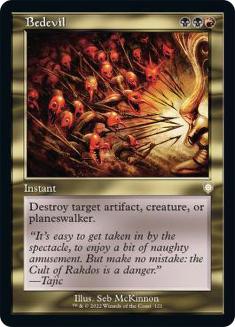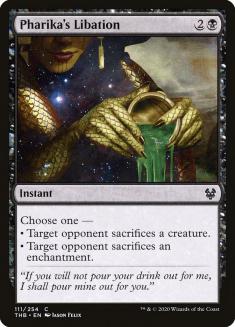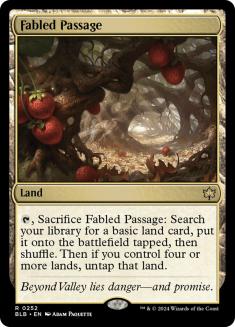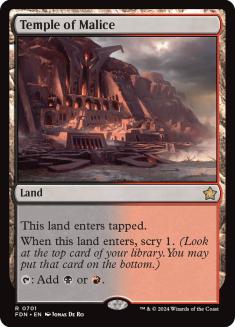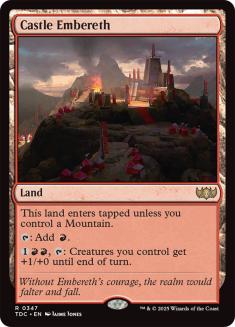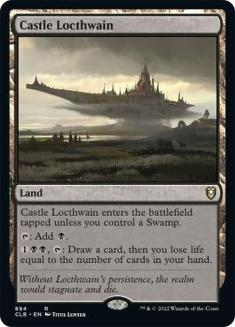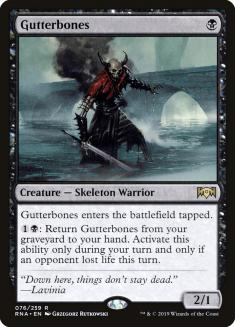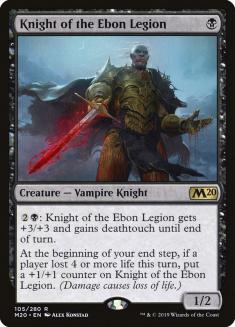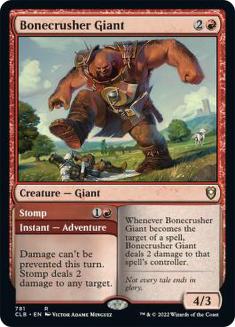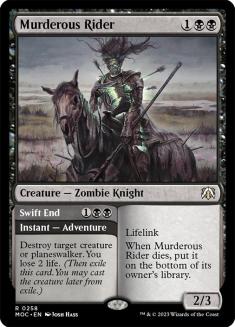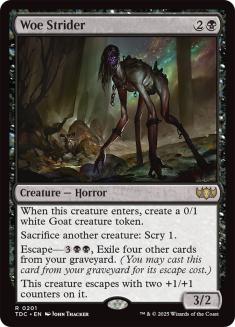I haven’t really looked at Standard prior to this weekend because I’ve been entirely focused on Theros Beyond Death Draft and Pioneer. After failing to make Day 2 at either the Players’ Tour or the Grand Prix, I was resigned to sit the rest of the weekend out, but Dan Cecchetti had been playing Standard PTQs all weekend and said I should take his deck for the Sunday PTQ because his flight home wouldn’t give him time to win the PTQ anyway and he thought Azorius Control was clearly the best deck in Standard and the tournament would be very small.
Having no games of experience in Standard and no familiarity with the deck, I wasn’t especially optimistic, but I didn’t have anything else to do, so I figured I’d try it out.
I ended up going 3-3 in the PTQ, losing a mirror match and two matches against well-prepared Simic Ramp players in which I felt deeply outmatched. However, throughout the tournament everyone seemed to understand that Azorius Control was the deck to beat, with people claiming that 70% of the previous PTQ was Azorius Control, though I have no idea if that’s true or if it was just an exaggeration–I’m not going to lie, it sounds made up.
Regardless, I left the tournament with the impression that Azorius Control is very much not for me. It’s a clunky deck with a horrible curve that’s basically all sorceries except for four counterspells. The only particularly meaningful synergy is the interaction between Teferi, Time Raveler and Elspeth Conquers Death, and the deck generally casts one spell per turn. I hate it regardless of how good it is.
So I want to beat the deck.
My plan is to use Kroxa, Titan of Death’s Hunger to do so because it’s too cheap to be exiled by Elspeth Conquers Death.
The Rakdos decks people have been playing in Standard all appear to be very much Level 0 decks to me. They’re built around combining a bunch of synergistic cards with no real awareness of how those cards line up in an established metagame. I love building decks that way, but when there’s a clearly established metagame of decks that beat up on the Level 0 decks, you need to approach things differently.
Building a deck around assembling a bunch of creatures that perform well when all of them are on the battlefield together isn’t a good strategy against a deck full of counterspells and removal. I still want a synergistic deck, but I need to optimize for synergies I can actually assemble. If I know I can’t establish a battlefield, I’ll focus on the graveyard and getting immediate value out of my creatures.
Creatures (24)
- 4 Dreadhorde Butcher
- 4 Cauldron Familiar
- 4 Mire Triton
- 4 Anax, Hardened in the Forge
- 4 Phoenix of Ash
- 4 Kroxa, Titan of Death's Hunger
Lands (19)
Spells (17)
Sideboard

This is a weird deck–it’s hard to name. The card’s aren’t exactly built to end the game as soon as possible, so it’s not really an aggro deck, but it’s a little too small to really be midrange, and it doesn’t have enough sacrifice outlets to really be a “sacrifice” deck. On the surface, it doesn’t have that much power or synergy compared to other Rakdos decks, but it plays a little better than it reads.
All the card choices are informed by a goal of trying to make things hard for Azorius Control. Let me explain:
I think the biggest upgrade of this deck over the Rakdos decks I’ve seen results posted from is simply that I’m playing Anax, Hardened in the Forge. This is one of the best sacrifice payoffs ever printed and it’s currently underplayed in every format.
When Dan gave me the deck and told me a little about what I could expect to play against, he highlighted how much of a problem Anax was out of the red decks because it basically invalidates Shatter the Sky, and I overheard players in the PTQ discussing something similar. Anax is a great card that lines up well against Azorius Control, except that they have several ways to exile it (Glass Casket, Elspeth Conquers Death, and Devout Decree), and then you don’t get any value. To guard against that, I wanted a way to sacrifice Anax.
Witch’s Oven dodges all of Azorius Control’s maindeck removal spells and stays on the battlefield through Shatter the Sky, which makes it the best sacrifice outlet. Other options like Priest of Forgotten Gods or Woe Strider don’t offer enough impact if you can’t build a larger battlefield, and I believe building your deck around the idea that you’ll try to have several creatures on the battlefield at the same time is a losing strategy against Azorius Control, so I only want to play Witch’s Oven.
This card is a little weaker than I’d like if I’m trying to make all my cards stand on their own, but the synergy with Witch’s Oven and Anax is outstanding and it pesters planeswalkers pretty well.
Azorius Control is built around three-mana planeswalkers with relatively low loyalties. The best way to keep them in check is to attack them with creatures, and the most reliable way to do that is to play creatures with haste. Dreadhorde Butcher is a little questionable because it’s not good against The Birth of Meletis, but Phoenix of Ash is perfect since it also has flying. Dreadhorde Butcher still seems like the best we can do for two mana, and they won’t always have The Birth of Meletis.
Deathtouch is generally a pretty weak ability against control decks, but attacking through the Wall made by The Birth of Meletis is significant. The real reason to play this is that it’s a proactive play that fills the graveyard, which is really important to this deck.
This card plays really well with Anax and/or Witch’s Oven and offers a powerful haymaker that can grind opponents out later. Dodging Elspeth Conquers Death is a huge draw here, and having a 6/6 has been crucial against decks like Gruul.
Most Dimir decks have played Thought Erasure for as long as it’s been legal, and the ability to exile cards with Agonizing Remorse is a meaningful advantage. This card isn’t getting enough respect, and like Thoughtseize, I suspect most Standard black decks should be playing four copies main. This is fantastic against control and even better against Temur Reclamation, which relies more on specific cards, but it’s even good against the aggressive decks since Embercleave is so much more important than all their other cards.
A Rakdos deck probably needs some removal, but the deck to beat doesn’t play creatures that removal lines up well against. Fortunately, this kills planeswalkers and, more importantly, frees creatures from Glass Casket, so it’s not a liability there.
One maindeck with the other three in the sideboard. It’s pretty amazing that Rakdos gets an answer to enchantments this easily, but more to the point, this is a clean answer to Dream Trawler as long as you can keep the Walls off the battlefield. I’ll admit that it’s possible that Plaguecrafter is better, but I think I like having instant-speed removal and an answer to enchantments.
This helps with enabling the Castles, but mostly I’m playing it because I have eight escape cards and getting a free card in the graveyard is very valuable.
The colored requirements in this deck are pretty intense and this deck isn’t built to maximize aggression. It’s playing a little more of an attrition game, which means the scry is particularly valuable and entering the battlefield tapped is particularly affordable.
While I’m not planning to build a large battlefield, with Anax, sometimes it will happen, especially if I have Cauldron Familiar / Witch’s Oven going, and doubling the power of the Satyrs is big game. It’s possible there should be more of these, but I’m already being pretty aggressive with my tapped lands.
This is an attrition deck, so Castle Locthwain is great. As with Castle Embereth, there’s some balancing about the the numbers since I have a lot of tapped lands, but Castles add a lot to the deck. I could see playing one, two, or three of these in addition to one or two Castle Embereths.
Sideboard
The sideboard is just a bunch of efficient interaction against different decks. I’m content with the threats that I have maindeck against anyone, but the answers I’m playing strongly prioritize versatility over efficiency, so I have the most to gain by adding narrow, efficient answers once I know which ones will work best against my opponent.
Cards I’m Not Playing
Playing Anax isn’t free. I’m playing a lot of tapped lands to make my mana work, so I’m not planning to have mana on Turn 1 all that often. As such, I don’t want too many one-mana spells. These are essentially “not worth a card” in this deck, though Knight of the Ebon Legion is fantastic, and skipping it might be a mistake.
These seem like they should be the perfect cards for an attrition strategy, but the spell on Bonecrusher Giant and creature on Murderous Rider are just too low-impact to justify the cost if my goal is to beat Azorius Control. In another metagame, these might have a place in this kind of strategy, but I think they’re the wrong approach at the moment. Also, they suffer from not filling the graveyard the way that other removal spells would in my deck with eight escape creatures.
This deck benefits a lot from having a free sacrifice outlet, and Woe Strider offers that. As I touched on earlier, I just don’t think the body does enough by itself. A 3/2 for three is a horrible rate against a control deck and the Goat doesn’t matter. I already have enough cards with escape to use my graveyard, so I’m just not getting enough out of this card and just lines up worse against Azorius than the other escape cards.
Attacking an Archetype
It’s been a long time since I’ve played Standard and I haven’t had a chance to extensively test this deck. It might not even work well against Azorius Control, though that would surprise me somewhat, and even if it does, it might have problems with the rest of the field, or the field could entirely change as a result of the Worlds decks, which haven’t been published at the time of writing this article. This deck might be good, but to be honest, that’s not really the point.
The takeaway I want is to demonstrate the process of deckbuilding to attack a specific archetype or metagame. Think through what the deck you want to beat is doing, which kinds of cards it’s weak to, and how to exploit that, and choose cards that line up well while being mindful of your own curve, mana constraints, and internal synergies.
This deck has eight one-mana plays, sixteen two-mana plays, and twelve three mana plays–a reasonably low curve that accounts for the tapped lands in the deck. I’m prioritizing thinking about how my cards line up against removal and how I’m going to pressure planeswalkers and the other things I’ll need to answer, but I still have a lot of synergy with Mire Triton and escape, Anax with Witch’s Oven / Cauldron Familiar and Kroxa, and more minor synergies like Witch’s Oven and Dreadhorde Butcher.
It’s hard to generalize the process of deckbuilding, but I hope this has shed some light on my approach.

